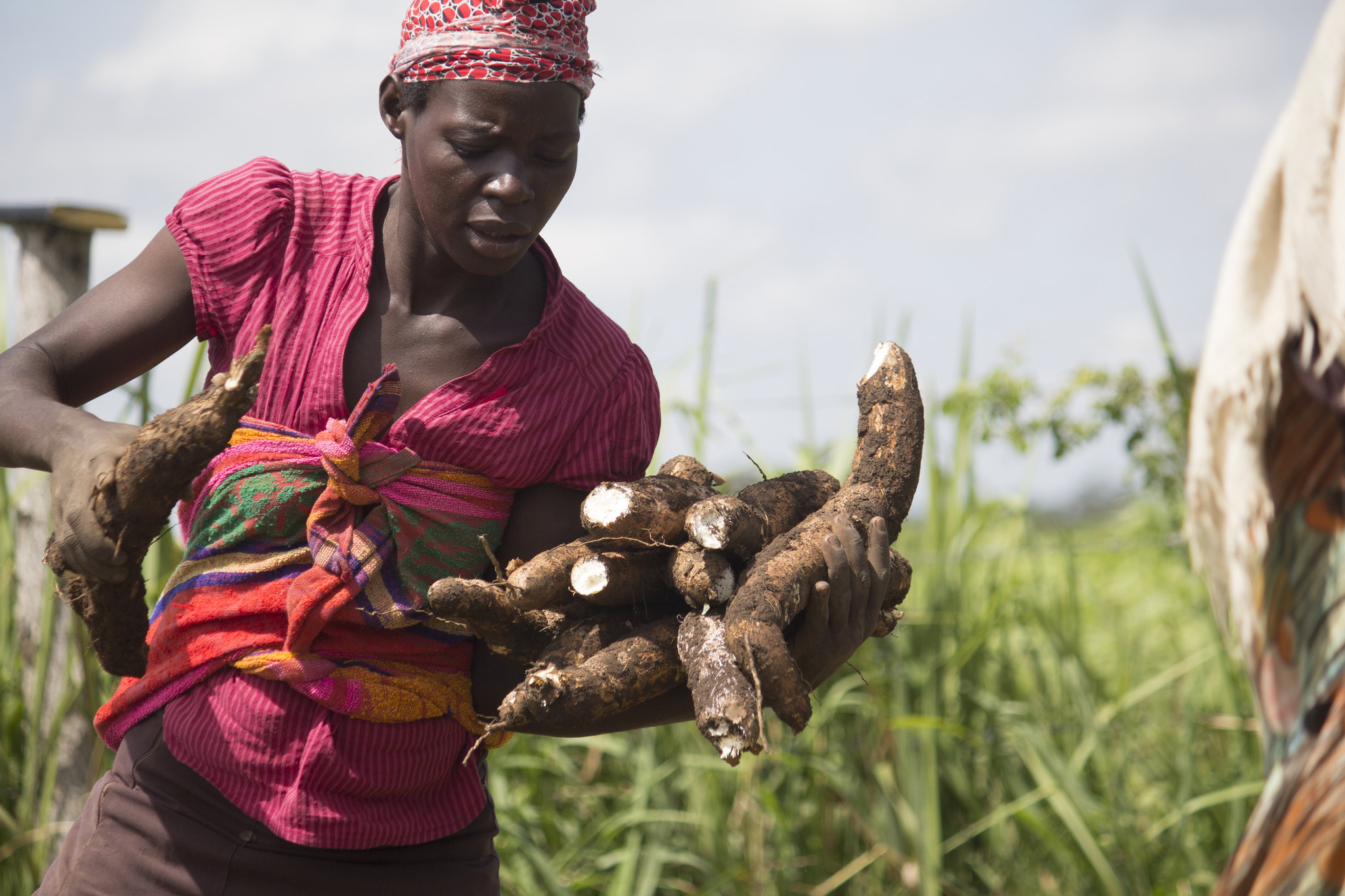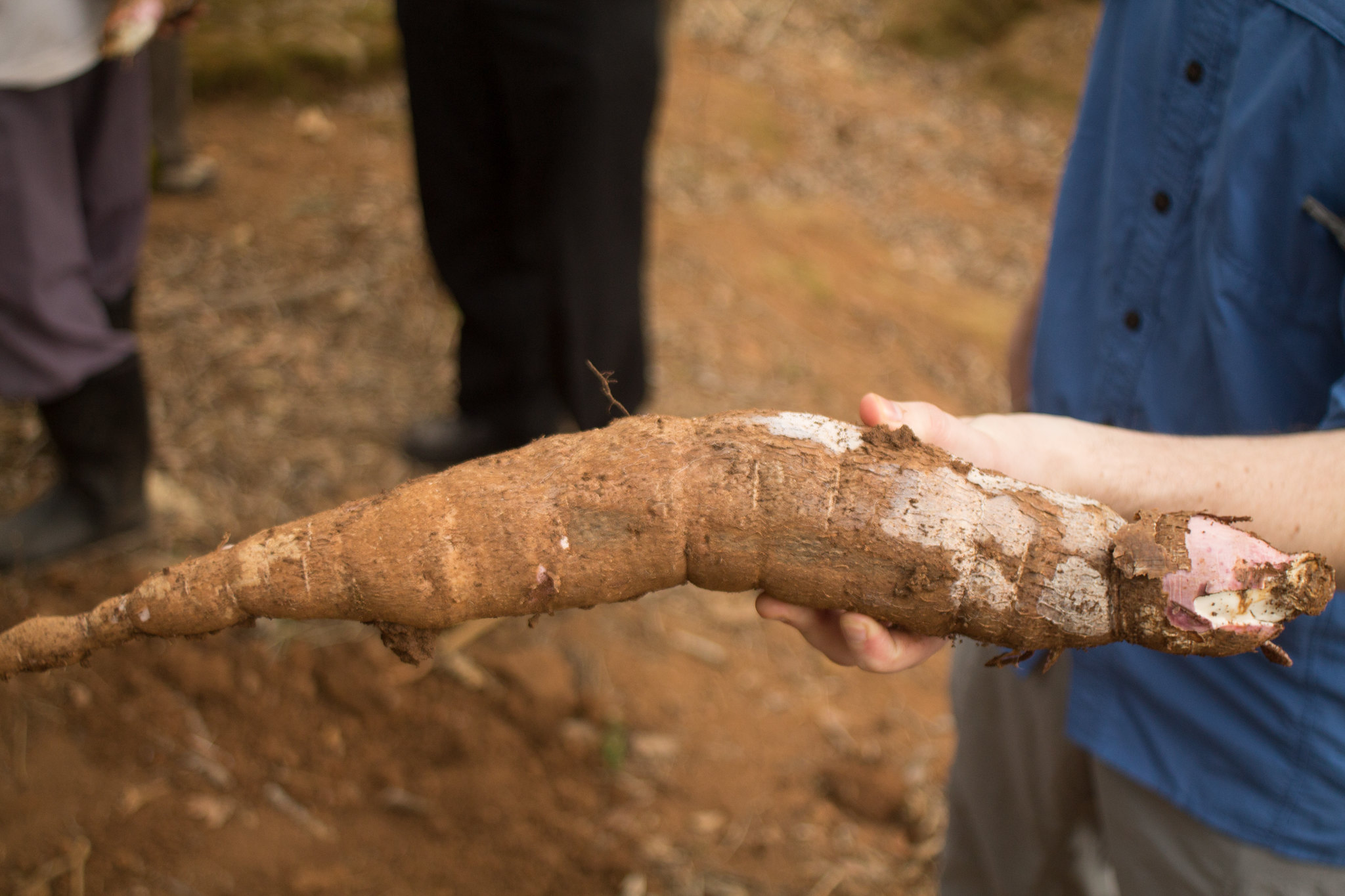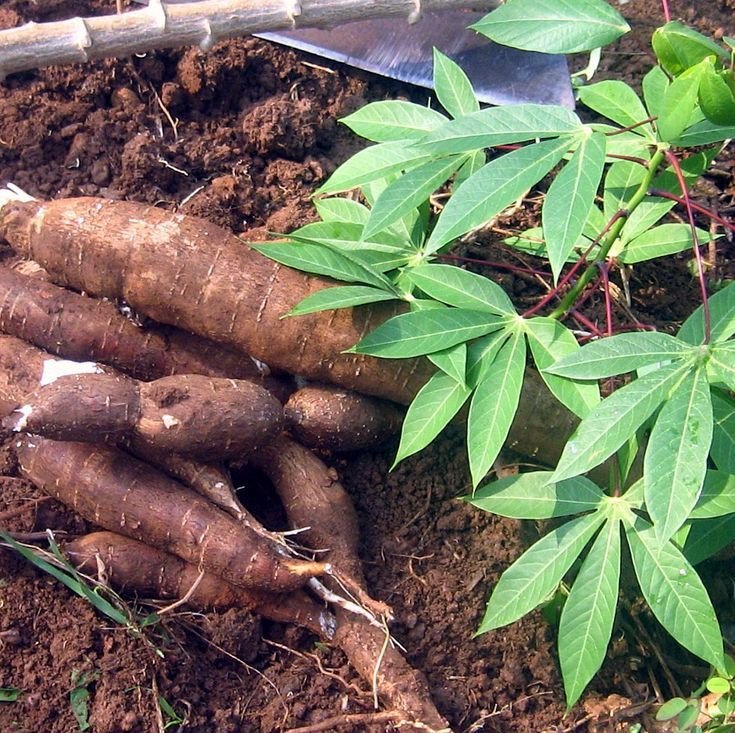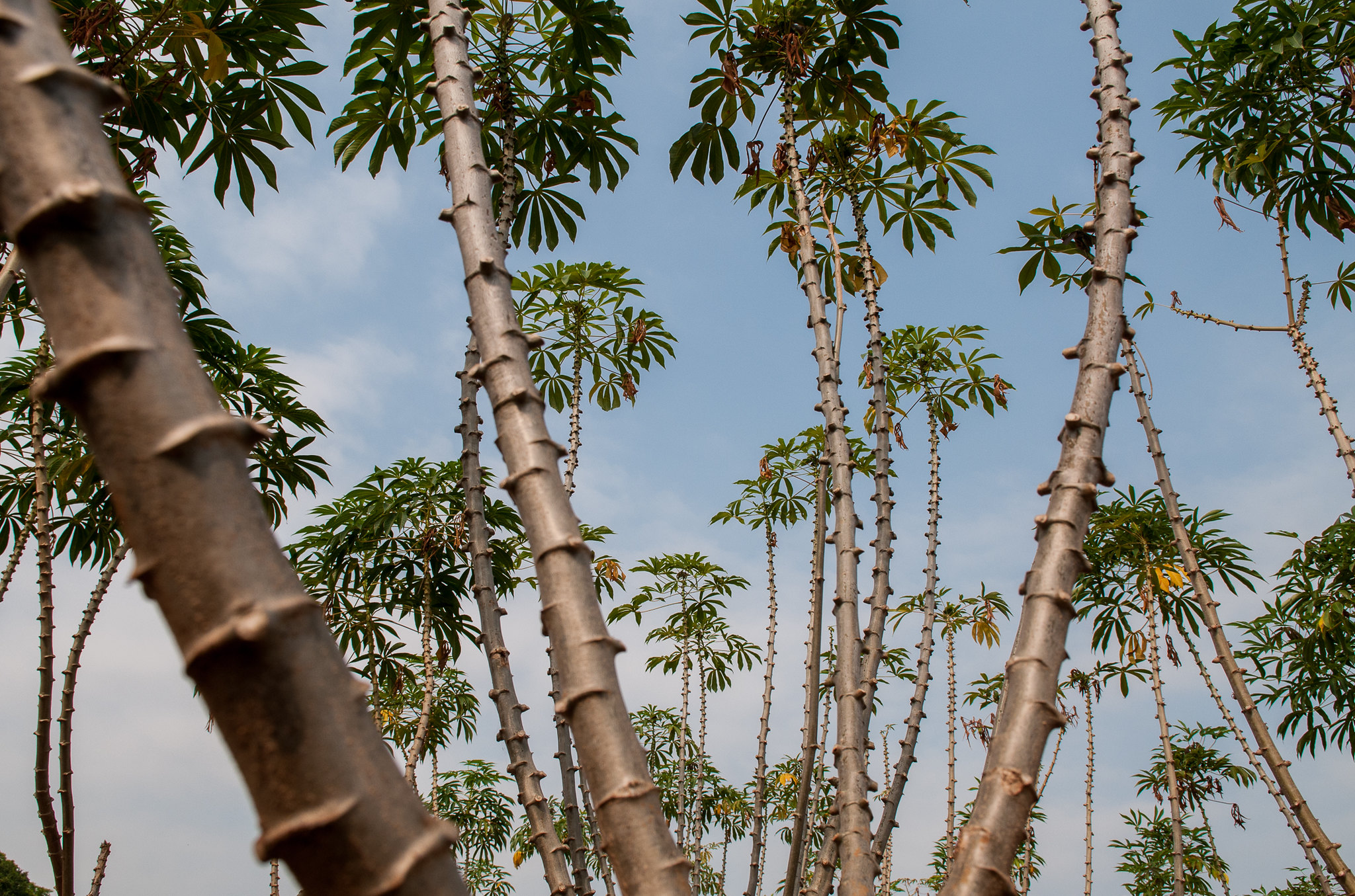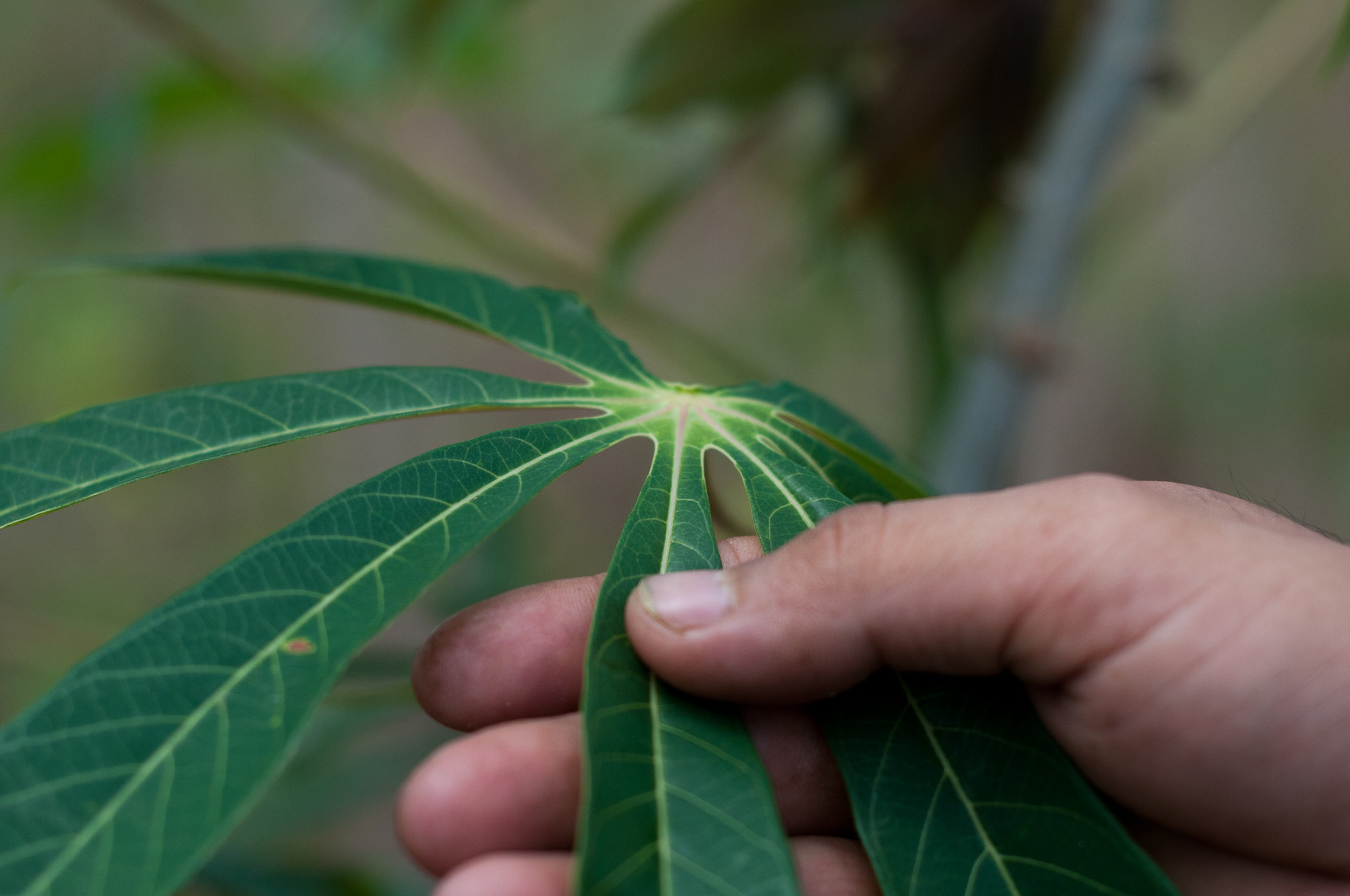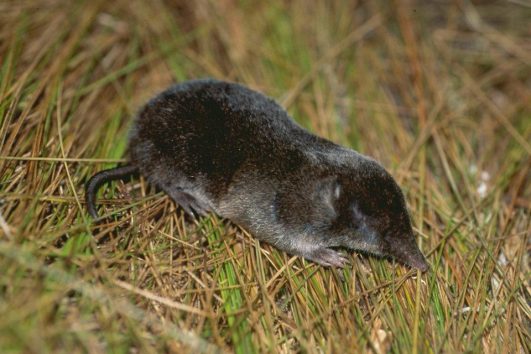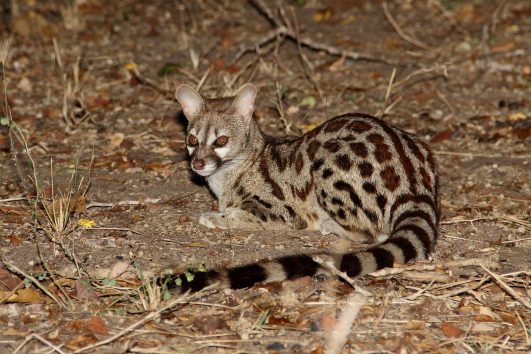Cassava, known scientifically as Manihot esculenta, is a staple crop in many tropical and subtropical regions, particularly in Africa, Asia, and Latin America. Locally known as muhogo in Swahili, cassava is an important food that plays a role as among the major energy-giving foods.
Cassava’s ability to grow under harsh conditions, combined with its high carbohydrate content, makes it a vital crop for food security, particularly in regions where other crops might not thrive. Its industrial applications also contribute to economic development in cassava-growing regions.
Cassava outpaces other root and tuber crops in terms of cultivation area in the Kilimanjaro region. Here’s a detailed look:
Cultivation Area: Cassava’s planted area surpasses that of Irish potatoes, cocoyams, sweet potatoes, and yams.
Household Participation: Approximately 12,534 households in the region are involved in cassava cultivation, which constitutes about 2% of all crop-growing households.
Seasonal Production: Long and Short Rainy Seasons: Cassava is grown across both seasons, but due to its extended growth cycle, which can span over a year for certain varieties, its production data is primarily reported under the long rainy season. This makes it challenging to distinctly separate the production figures for each season.
Botanical Characteristics
- Family: Cassava belongs to the Euphorbiaceae family, which is known for its diverse plant species, including ornamentals and other crops.
- Structure:
- Roots: The edible part of the cassava plant is its starchy root, which can grow quite large, often weighing several kilograms. The root’s exterior is rough and brown, while the interior is white or cream-coloured.
- Stem: Cassava has a woody stem that can grow up to 3-5 meters tall. It’s often cut back to encourage root growth.
- Leaves: The leaves are palmate, with 3-9 lobes, and are toxic when raw due to cyanogenic glycosides.
Growth Cycle
- Germination: Cassava is typically propagated from stem cuttings rather than seeds. These cuttings are planted directly in the ground, where they sprout new roots and shoots.
- Vegetative Growth: After planting, cassava goes through a phase of rapid vegetative growth, where the plant establishes its root system and develops foliage.
- Maturity: The plant reaches maturity in about 8-12 months, but it can be left in the ground for up to 2 years, which can increase yield but might also increase the cyanide content in the roots.
Cultivation
- Climate: Cassava thrives in warm climates with temperatures between 25-30°C (77-86°F). It’s drought-tolerant, making it suitable for regions with irregular rainfall.
- Soil: It can grow in poor soils, including sandy or acidic soils, where other crops might fail. However, it prefers well-drained soils.
- Water Needs: While drought-resistant, cassava does benefit from regular watering, especially during the initial growth phase.
Economic and Nutritional Importance
- Global Production: Major producers include Nigeria, Thailand, Brazil, and Indonesia. Cassava is crucial for food security in many developing countries.
- Nutritional Value: Cassava roots are rich in carbohydrates, providing a high caloric content. However, they are low in protein, vitamins, and minerals. The leaves, when properly processed, are a good source of protein and vitamins.
- Uses:
- Food: Eaten as a root vegetable, processed into flour (gari, tapioca), or fermented into various products like fufu or lafun.
- Industrial: Used in starch production, animal feed, and biofuel (ethanol).
Cultural Significance
- Historical: Cassava has been cultivated for thousands of years in South America and was spread globally by explorers and colonizers.
- Culinary: It’s a staple in many traditional dishes, often prepared in ways that reduce its cyanide content.
Challenges
- Toxicity: Cassava contains cyanogenic glycosides, which can release cyanide when consumed. Proper processing (soaking, boiling, or fermentation) is necessary to make it safe for consumption.
- Pests and Diseases: Cassava is susceptible to pests like the cassava mealybug and diseases like cassava mosaic virus and cassava brown streak disease, which can significantly reduce yields.
Sustainability
- Resilience: Its ability to grow in poor soils and withstand drought makes cassava a sustainable crop for marginal lands.
- Crop Rotation: Often used in rotation with legumes or other crops to improve soil fertility.
- Breeding Programs: Efforts are ongoing to develop varieties with higher yields, resistance to pests and diseases, and lower cyanide content.
Additional information
| Habitat | Cultivation Zone |
|---|

